|
Have you seen my new blog index? So far, all blogs up until January 2020 have been neatly indexed. You'll find a list of book reviews, my projects listed according to embroidery techniques, historical embroideries listed according to century and a complete list of all tutorials. Today's tutorial is all about the white string we see in many medieval goldwork embroideries. This padding is often all that remains from the original bead embroidery worked with freshwater pearls. When we are really lucky, a few pearls still adhere. As is the case for the chasuble I showed you two weeks ago. In this tutorial, I will show you how the padding and the beading were worked. I was really surprised by how sturdy this technique actually is. The beaded edge is VERY firm. As always, I worked my sample on a piece of high-count (think 40ct and up) linen stretched on my slate frame. I determined the approximate size of St John's head with nimbus from the original embroidery. It is about 5.3 x 5.9 cm. I made a pricking on transparent paper and transferred the design with pounce powder and ink. As is a favourite with medieval embroiderers, the simple nimbus is actually built up of several layers of embroidery. Start with a layer of radiating satin stitches in blue flat silk. The radiating does not need to be super precise. You can hardly spot the radiating stitches once the next layer of embroidery has been worked. The next layer consists of couched gold thread. Use a fine red silken thread for the couching. Work from the outside in. The first few rows consist of a double gold thread, whilst the last couple of rows consist of a single thread. In the original, the embroiderer would have hidden de turns under the slip of the head of St John. I have turned my threads on the edge of the nimbus. It is now time to add the actual string padding. It is made up of a twisted-together bundle of linen threads. These are couched down with white silk. Start from the middle and retwist your bundle as you go. The ends seem to be tapered in the original. To achieve this, start to cut away pairs of threads from your bundle about a cm before the end. Keep couching and removing pairs of threads until you are left with a single pair on the design line. Sew down the freshwater pearls (Etsy is a good source for these!) onto the string padding using white silk. You might want to wax your thread as the holes of the pearls can be quite rough. Go through each bead twice. In the original, the pearls are sewn down with a little bit of space between them. This was possible done to save costs. It is said that the string padding was used to elevate the pearls away from the very shiny gold. It also provided a continuous white edging for when the pearls were slightly spaced apart to save on costs. The end result is very stunning!
As always, my Journeymen and Master Patrons find a downloadable PDF of this tutorial on my Patreon page. For as little as €5 per month, you can build your own library of medieval embroidery technique tutorials. Not a bad deal at all!
2 Comments
It never ceases to amaze me that, after having studied medieval goldwork embroidery for quite some time now, I still find spectacular pieces that I had never previously heard of. Casual literature references lead me to obscure tiny museums which happen to house a real treasure. The original, mostly late 19th and early 20th century authors, raved about these pieces. And rightly so! But for one reason or the other, these pieces never made it into our collective knowledge base on medieval goldwork embroidery. And that's a real shame. Today, I am going to point out two spectacular pieces to you that are kept in small local museums near the major cities of Aachen and Cologne in Germany. I hope to be able to visit these pieces myself sometime during the coming year. For now, we will explore them by looking at the original literature. Unrelated, but probably really important to some of you: I am going to re-run my popular Medieval Goldwork Embroidery Course in the fall. Registration opens on the first of July 2024! The first piece is an antependium from the Cistercian Abbey Kamp (established AD 1123). It was made in Cologne between 1360-1370. The central depiction shows the Coronation of Mary. Under three arcades on either side, we see pairs of saints. From left to right: Bernhard of Clairvaux, Dorothea of Caesarea, Saint Ursula, Saint Agnes, Mary Magdalene, Catherine of Alexandria, Saint John, John the Baptist, Saint Peter, Saint Paul, James the Greater and a saintly abbot. The antependium is about 75 cm high and 258 cm wide. The fringe is not original. To the right of Christ, a small kneeling figure can be made out. As he wears a Cistercian habit, this figure likely represents the donor of the embroidery. Likely a Cistercian monk from Kamp Abbey. Unfortunately, the banderole he is holding is illegible and it is thus impossible to identify this donor further. The embroidery consists of couched pairs of gold thread on green velvet. The figures are embroidered on linen and then appliqued onto the green velvet. The figures are mainly stitched in couched gold with very little silk embroidery. Stitches used are directional split stitch, satin stitch and knots. The knots are used to stitch the hair of the angels in the central Coronation scene. One angel swings a censer, and the two others play musical instruments. The next piece I want to draw your attention to is a set of vestments from St Johann church in Burtscheid (click the link for a colour picture!). Burtscheid Abbey was a Benedictine monastery founded in AD 997 by Emperor Otto III. The set of vestments consists of a chasuble, a dalmatic, a tunicella, a stola and three maniples. The late 14th-century embroideries have been taken from their original vestment(s) and reconfigured onto this newer set of vestments. In all, there are 61 embroidered medallions with scenes from the Old and the New Testament. Maybe all the scenes were once part of a single bell chasuble or a cope. Just like you see on the famous English copes from the 14th century (for instance: V&A 175-1889, the Butler-Bowden cope and the Vic cope). Here you see three scenes from the dalmatic. From left to right: Circumcision, Christ being dispised and the Adoration of the Magi. The designs are reminiscent of miniature paintings in the illuminated manuscripts of the time. The embroidery is comparable to that seen on the antependium from Kamp Abbey. The figures mainly consist of couched gold thread with some details stitched in coloured silks. You can find more pictures in the literature below. Some articles are in the public domain and can be downloaded for free. We will visit these spectaculair goldwork embroideries again in the future. Literature
Czymmek, S. (1980): Kat. C 8. In Kaspar Elm, Peter Joerißen, Hermann Josef Roth (Eds.): Die Zisterzienser. Ordensleben zwischen Ideal und Wirklichkeit. Bonn (Schriften des Rheinischen Museumsamtes, 10), pp. 452–456. Jaques, R. (1956): Die Wiederherstellung des gestickten Antependiums der ehemaligen Abteikirche Kamp (Kreis Moers). In Jahrbuch der rheinischen Denkmalpflege in Nord-Rheinland 20, pp. 321–325. Maier, A. R. (1916): Der Kirchenschatz der ehemaligen Abteikirche St. Johann in Burtscheid. In Aachener Kunstblätter 9/10, pp. 49–100. You can find a free download here. Reichert, L. (1937): Spätgotische Stickereien am Niederrhein. Bonn: Ludwig Röhrscheid. Schnütgen, A. (1888): Besticktes Antependium, rheinisch erste Hälfte XIV. Jahrhunderts. In Zeitschrift für christliche Kunst 1 (4), pp. 123–132. You can find a free download here. Happy New Year to you all! May it be filled with lots of stitching time and beautifully embroidered eye candy. With the latter, I can help :). My November travels have supplied me with lots of inspiring medieval embroidery from Northwestern Europe that I will share with you in the coming months. I have also acquired two medieval orphreys which we will explore as soon as I have found a box that can house them once they are free of their frames. We will start the new year with an interesting chasuble I encountered at the Dommuseum Frankfurt. The museum is housed in the historical cloisters and is well worth a visit as many medieval vestments are on permanent display and you are allowed to take pictures. From the above pictures, you can tell that this green chasuble contains four different textile adornments: embroidered angels (around AD 1350, Cologne), embroidered chasuble cross (2nd quarter 15th century, Cologne or Middlerhine area), a woven Kölner Borte (mid 15th century, Cologne) and a woven golden border (19th century). When the chasuble changed its shape to the more modern fiddleback form, the textile adornments were simply cut off. The original green chasuble had a much wider shape and was adorned with embroidered musical angels and probably a simple golden forked cross. Probably over time and not all at once, the embroidered chasuble cross, the column made of Kölner Borte and the woven golden border were added. The mid-14th century embroidered angels carry either the coats of arms of the donors or a myriad of musical instruments (fiddle, portative organ, shawm, mandora, psaltery, harp, bagpipes and rebec). The donors have been identified as Cologne merchant and councillor Johann vom Hirtze and his wife Agnes Hardevust. Their son was a priest who donated vestments to a number of his churches. It is even likely that this chasuble is named in his will. The angels are very finely embroidered with 38 parallel gold threads per cm. The gold threads follow the contours of the design. The angels are between 10-12 cm tall and have cotton padding to plump up their faces and bodies. The fact that not the cheaper membrane gold and the expensive (rare and exotic) cotton padding were used, points to a very costly embroidered vestment. The red and blue chenille outlines were added at a later date. Originally, the outlines were made of thick red silk. The angels' hair is made with small embroidered knots in flat silk. The embroidered chasuble cross was made around AD 1425-1449, about 75-100 years later than the musical angels. It has nothing to do with the original donors from Cologne. As there are no comparable pieces, it isn't even certain that it was made in Cologne. The chasuble cross shows the Adoration of the Magi at the top (the scene is cut to fit the new chasuble shape, look at the gifts the Magi hold) and Saint John and Saint Peter below (also cut). The third Magi can be found just below the central scene. The embroidery is exquisite. The gold thread is of high quality, the split stitching is fine and fresh-water pearls were added for extra bling (most have fallen off as the whole rim of the nimb would have been covered too). The gift the Magi is holding is also very interesting. It has shaped spangles that form the tiles on the roof of his house-shaped box. The embroidery of this chasuble cross is thus also very costly. The movement in the figures also points to a high-end designer. Probably a local draftsman and not the embroiderer himself.
That's the first eye candy of the year! Finally, I have been able to finish the new self-paced online course on the embroidery of the 11th-century Wolfgang chasuble. It comes with video instructions and a full kit with real gold thread (this makes up about half of the quoted price; there is no such thing as wholesale when it comes to these small batches of very high-end materials). As always, I make batches of 10 kits and will start to make a new batch when this first one sells out. As there are two designs on the chasuble, a bird and a quadruped, you can either buy a kit for one design or a kit for both designs. You will get the instructions for both. You can also add a medieval transfer kit to your order. The video instructions show you how to use the traditional prick-and-pounce method with iron gall ink. However, you can use the transfer method of your preference too. Literature Stolleis, Karen (1992): Der Frankfurter Domschatz: Die Paramente. Liturgische Gewänder und Stickereien 14. bis 20. Jahrhundert. Band I. Frankfurt am Main: Waldemar Kramer. This is an excellent museum catalogue. Most pictures are in black-and-white, but the descriptions are detailed with lots of literature links. It has been long out of print, but can be found second-hand. Last week, we looked at a mid-15th century orphrey from Venice with an interesting goldwork background worked on silk. I've adapted the design slightly and turned it into a goldwork tutorial. The stitching is relatively simple but teaches you a few key things when it comes to medieval goldwork embroidery. Journeyman and Master Patrons find a downloadable PDF on my Patreon page. Becoming a Journeyman or Master Patron is an affordable way to obtain an archivable goldwork lesson each month. Let's dive in! The design should measure c. 10 x 10 cm. This is approximately the size of the original. However, I've squared it off a little to make it look like a Moroccan tile. It is best to work a project like this, there is some heavy goldwork, on a professional slate frame. Dress it with a layer of high-count linen (40 ct or up would be good) and apply a piece of silk on top. You can find my free video tutorial on the process here. Transfer the design any way you prefer. I've used prick-and-pounce and watercolour paint. You will need to fuse your silk to the linen with tacking stitches on all the major design lines. This is basically a running stitch with a short stitch on the top and a long stitch on the back. Use a gold-coloured silk or sewing thread for this. Next, attach the white string padding by couching it down securely with the same gold-coloured thread. The padding threads need to lay well within the design lines. The design line is where your gold threads will turn. You do not want the padded area to encroach on the rest of the design. Time to fill the appropriate areas with silken satin stitches. The original shows quite stark shading and the silken areas have a very stripey appearance. The satin stitches are also worked a little 'open' with some background fabric showing. Instead, I've opted for solid fillings. There is no split stitch edge beneath the satin stitches as all the edges are going to be covered with gold. This will neaten them automatically. (Please note: I forgot to fill in the two small leaves at the bottom!). Couch down the gold threads over the padding. Gold threads are couched down in pairs. Start in the middle of the shape. I've used Stech 70/80 which is comparable to passing thread #3. The couching rhythm is as follows: 5x with an extra couching stitch in between the padding threads and 5x without this extra stitch. Alternate all the way down. You will need to fudge a little as you start vertical, but need to end horizontal. Couch two single lines of gold thread in place on the pink area underneath the padded gold. How you end your gold threads is up to you. You can either plunge and tie back on the back or you can oversew on the front and clip. The 'only' thing left to do, is to cover the tendrils with couched gold. You aim for as few starting and stopping points as possible. And you try to hide starting and stopping under subsequent goldwork. This was common practice in medieval goldwork embroidery as it made the finished product more durable. And that's your goldwork project finished!
This is the last blog of the year. The next one will appear on the 8th of January 2024. Between now and then, I will be finishing off some loose threads. I will probably need to close the webshop just before the end of the year to implement some changes. Next year will hopefully see the delayed release of my next self-paced online embroidery course. I am very close to finishing it! Wishing you all a lovely holiday season and all the best for 2024! Thank you for being such a loyal audience. Last month, we looked at some early 15th century embroidery from Venice, Italy. You can read about it here: Cope of Pope Gregory XII, further early 15th century embroidery from Venice and a tutorial. This week, we will look at a Venetian piece from the second half of the 15th century. It has some lovely embroidery techniques that would work well for modern goldwork embroidery. And the embroidery background is a bit unusual as well. Instead of using a diaper pattern, it is made of floral motives stitched directly on coloured silk. Let's have a look! I saw the above chasuble at the exhibition in Castello del Buonconsiglio in 2019. The exhibition presented an overview of medieval goldwork embroidery made in Italy; complemented by those pieces that were obtained by trade from Northern Europe. The chasuble is kept, and still being worn once a year!, at the parish church of Azzone, near Bergamo, in the Scalve Valley. The valley came under Venetian rule in 1427 and this probably explains why this piece of Venetian embroidery can be found in Azzone. The chasuble has an embroidered orphrey cross on the front and an embroidered orphrey column on the back. As the figures on the front cannot be identified, the exhibition showed the back. Here we see John the Evangelist at the top, followed by a male martyr with a palm branch and architectural model (According to the literature it is a church. However, it looks more like a castle to me.) and the figure at the bottom is Saint Barbara with her tower. Saint Barbara is the patron saint of miners. The Scalve Valley was famous for its iron ore mines. The embroidery is executed on a layer of silk backed with linen for the background and a layer of linen for the figures. The heads were embroidered separately. The finished orphrey column was stiffened with cardboard. The orphreys measure about 33 x 12 cm. The embroidery is a rather simple, yet very effective, affair. The figures stand on a floor made with laid shaded silk and couched down with a trellis. By having the lighter colour at the front and the darkest colour at the back, the embroiderer created a sense of depth. The undergarment of the martyr is stitched in a similar way. This time, the laid silk is couched down horizontally. The cloak consists of horizontally laid pairs of gold thread which are couched down with white silk. Folds are accentuated with couched coloured silk. The heads are stitched in split stitch.
The treatment of the background behind the figures is quite special. The coloured silken background is part of the design. It is covered with the obligatory arch under which the saint stands. The background is further filled in with tendrils and floral elements. These are made by couching down a pair of gold threads and filling in some elements with shaded satin stitch. The frame around the orphrey consists of a very simple padded basket weave over two padding threads (over three is probably more common). All in all, the embroidery techniques used (laid work instead of brick stitching for the undergarments, simple monochrome couching for the cloaks instead of or nue, embroidered coloured silk for the background instead of a diaper pattern, etc.) are simple and far more speedy to execute than or nue, brick stitching and diaper couching. This likely means that these embroideries were not as expensive as the ones we investigated last month. Literature Prá, Laura Dal; Carmignani, Marina; Peri, Paolo (Eds.) (2019): Fili d'oro e dipinti di seta. Velluti e ricami tra Gotico e Rinascimento. Trento: Castello del Buonconsiglio. FINALLY: three years and one month after I ordered the above title, it finally arrived a couple of days ago. It is the third (and last) volume on a research project regarding the Imperial Vestments kept in Bamberg. I have written two previous book reviews which you can find here: volume 1 and volume 2. And I have written several blogs (you can scroll through them) before about the Imperial Vestments. These are six embroidered textiles associated with Emperor Henry II and his wife Kunigunde. They date to the first quarter of the 11th century. Although none of the vestments has survived in its original shape, they are among the oldest complete gold embroidered vestments in the world. Hence, they are unique and pretty important as objects of study. This third volume was the volume I looked forward to the most as it contains the "Art technology and material science aspects" (i.e. the materials and the way they were used) of the research. Let's see if my expectations were being met. The book is divided into two main parts. The first part is written by Sibylle Ruß. She is a conservator and restorer of cultural property. She started her education at an embroidery workshop and finished with a Gesellenprüfung (Journeyman examination) before being trained at the Germanisches Nationalmuseum as a conservator and restorer. Sybille describes each vestment in great detail. Especially the different conserving and restoring measures which took place over the centuries. The original embroidery does not get nearly as much attention. This is a missed opportunity. Some things I miss: how where the gold threads being turned? Are the gold threads plunged or just secured on the front with a few extra couching stitches? What are the stitch lengths of the stem stitches? A huge amount of raw data has been collected for this research. There are tantalising glimpses of this data in the form of drawings of the individual design elements with their gold thread directions and couching patterns. I would have loved a CD with this additional information accompanying the book. I am also missing digital reconstructions of the original embroideries. This has been done for some other medieval goldwork embroideries (most notably the Hungarian Coronation Mantle, which is related to these Imperial Vestments). Some of the embroidery is in such bad shape that a digital reconstruction would have really helped to point out how splendid they once were. The second part of the book is written by Ursula Drewello. She works at the Laboratory Drewello and Weißmann and was responsible for the material science part of the research project. The dyestuff analysis was done by Ina Vanden Berghe of KIK-IRPA the Royal Institute of Cultural Heritage in Belgium. Reading about the exact composition of the gold threads, the angle of wrapping the gold foil around the silken core, the dye used for the silken core, etc., was really nice. But I am missing something here too: how do these parameters compare to the modern gold threads available from M.Maurer in Vienna and Golden Threads and Benton & Johnson in the UK? These three are the main gold thread suppliers in Europe. In a way, they are the descendants of the medieval thread makers. In the second part of the book, there is a whole chapter on design transfer. This is particularly important to us embroiderers. And whilst the chapter is not bad, one conclusion just left me speechless. On three of the vestments (Blue Kunigunde Mantle, Star Mantle and Reitermantle) remnants of the design drawing were analysed. As these remnants did not contain charcoal particles the use of the prick-and-pounce method was excluded. Huh?! Are you kidding me? Really?! All three vestments were made of dark-blue samite. The goldwork embroidery was executed directly on this dark silken fabric. Would any of you use black charcoal for the prick-and-pounce method? I surely hope not. You would use a white powder. And guess what? The remnants of the design drawing of two of the three vestments did contain white substances. The other one used a yellow one. And these substances were (also) used to make a kind of a paint. When you paint over the dots with a similar coloured paint-like substance these two likely mix. When you only have remnants of the design drawing, how can you be so sure that they are not the result of two different steps? Instead, the author proposes that the design was being transferred using templates/stencils. However, they have a tendency to smudge and move when used on textiles with a paint-like substance. Now, let me be VERY clear. I am not saying that the prick-and-pounce method was used for the pattern design transfer on the Imperial Vestments. I cannot prove that. Neither does the absence of charcoal particles prove that the method was not used. As has been the case before with this project, the inclusion of a professional goldwork embroiderer would have helped. I've written about early glitches before: here. Throughout the book, the authors emphasize the high quality and professionalism of the medieval embroideries. These embroideries and their medieval makers would have deserved a professional goldwork embroiderer on the team! And no, that does not need to be me. I am not the only one :).
In the past two weeks, we have explored the early 15th century gold embroidery from Venice, Italy. One of its characteristics is the ornate orphrey borders with the twisted columns. I've always been curious how they were made! So out came the cotton padding threads and the gold threads and off I went. This kind of embroidery is best done on a slate frame. If you would like a reminder of what this is and how to set it up, please have a look at my instruction videos. Next, you will need to attach your string padding. The original uses two different kinds of padding. There seems to be something like soft cotton underneath the twisted columns. And a thinner string is used as padding on either side. I've used two thicknesses of the same cotton string for the padding. In order for the gold threads to be able to sit crisp on the padding, make sure that you couch down your padding well. The gold thread used in the original embroidery is a passing thread. In my recreation, I've opted for Stech 70/80, which is comparable to passing #3. I was also curious to know what the difference would be between a gilt and a real gold thread. I worked the main part of the sample with the cheaper gilt and the bottom section with the real gold (more yellow). I prefer the real gold :). It is a tat better at going and staying where I want it to go and stay. The result is a bit crisper. Still not as crisp as the original, but closer. If you have the opportunity to try different brands of passing thread, please do and see how they behave. Working over this amount of padding will cause slight problems. Although you place a couching stitch over the gold and in the 'groove' of the twisted column, the gold is not very securely attached in this place. The twisted padding threads are also very round. Your gold thread wants to 'escape' and roll off. This is also visible in the original embroidery. And it comes as no surprise that the embroidery is most damaged in this area.
My Journeyman and Master Patrons will find a downloadable PDF with this stitch sample on my Patreon page. As I am travelling in the coming week, there will be no blog post next Monday. I will be visiting various Diocesan Museums in Germany and the Netherlands. All my Patrons will be able to virtually travel with me as I hope to be able to post some pictures along the way. There will also be a meeting of the Medieval Embroidery Study Group for my Master Patrons on Saturday the 2nd of December at 19h CET. Details can be found on my Patreon page. From last week's blog post, you might have gotten the idea that Venetian goldwork embroideries from the early 15th century are somewhat plentiful. They are not. However, another magnificent piece was exhibited at Castello del Buonconsiglio in Trento, Northern Italy. Some parts are remarkably modern in their appearance. Parts of the design could be easily adapted for modern goldwork embroidery. Let's have a look at the medieval eye candy. The embroidered chasuble cross on the red chasuble comes originally from the Church of San Pantalon in Venice. It is now kept in the Frari church in Venice. From the top, we see the Resurrection of Christ, Gregory the Great, Saint Jerome and Saint Augustine with angels in the side arms of the cross. There is another corresponding chasuble cross on the front. Unfortunately, the way it was exhibited did not permit the viewer to see the front as well. On that chasuble cross are depicted Saint Mark (tentative identification), Saint Ambrose and Saint Catherine with John the Baptist and a male saint on the side arms of the cross. Personally, I love this type of iconography. We have the four fathers of the church: Gregory the Great, Ambrose, Augustine of Hippo and Jerome. All four are seen as important theologians of the late Roman-Early medieval church (that's roughly 800-1000 years before this embroidery was made). Then there are Saint Catherine and John the Baptist. Two very important saints seen throughout the Middle Ages all over Europe. The story of Saint Catherine is also all about learning, philosophy and theology. A chasuble with a high IQ. As you can see from the orphrey of Jerome in the picture above, the embroidery is a bit damaged. The orphrey has warped quite a bit and this made it difficult to take good pictures. The shaded inky underdrawing is very fine and of exceptional quality. And so is the embroidery (made with gilded silver foil around a yellow silk core or silver foil around a white silk core). The goldwork is very accurate and the silken directional split stitches are very small and regular. As seen on last week's embroidery, the frame around the orphrey is padded. And we see the twisted padded columns again. And did you spot the 'measles'? This time, they are not located on the clothing (except for the hat of Jerome, see above). Instead, they decorate the multi-coloured arches (not really or nue as there is no shading; there is on the armour of the soldiers in the Resurrection scene) beneath the pinnacles and the large blue dome. In this case, the 'measles' are made over a disc of pressed paper. The same padding material is also used in the thicker parts of the pinnacles. Paper was a rather 'modern' material. Its use in Italian embroidery shows that trading ports such as Venice had easier access to it. It is not seen as a padding material in embroideries from Northern Europe. I absolutely love this background! It looks so very modern and oriental. This would make for a lovely modern embroidery design.
If you would like to see more downloadable pictures of this amazing embroidery and if you would like to join our Zoom call on the early 15th century embroideries from Venice, then please consider becoming a Patron. Your monthly contribution keeps this blog and my research going. Thank you very much! Literature Prá, Laura Dal; Carmignani, Marina; Peri, Paolo (Eds.) (2019): Fili d'oro e dipinti di seta. Velluti e ricami tra Gotico e Rinascimento. Trento: Castello del Buonconsiglio. In September 2019, I visited the exquisite exhibition "Fili d'oro e dipinti di seta" in the Castello del Buonconsiglio in Trento, Northern Italy. Together with the 2015 exhibition in the Catharijneconvent and the 2016 Opus Anglicanum exhibition in the V&A, this was one of those 'must-see' exhibitions. This one visit provided me with research material for several years. Especially as I was allowed to take as many pictures as I liked. As long as you don't use flash, the textiles absolutely do not mind. Today, we are going to look at some early Venetian embroidery. It includes some techniques unique to the Venetian embroidery workshops. Let's dive in! As you can see in the picture above, the cope is no longer an actual vestment. Only the mutilated orphreys have survived. They were used secondarily on an antependium which was probably made at the end of the 19th century. The orphreys were taken of this newer antependium in 2006 when they were restored and applied to a neutral backing. The orphreys represent three pairs of saints facing each other, a smaller square orphrey that would have sat on the neck of the wearer and which connected the two sets of three and part of the cope's hood with the Coronation of the Virgin. Identifiable among the saints are: John the Baptist (top left), James the Great (top right), Bartholomew or Peter (middle left) and Saint Jerome (square in the middle). The embroideries were made in a Venetian embroidery workshop around AD 1410-1417. When you look at the outer garments of the figures, it looks like they have the measles. These 'measles' are actually characteristic of Venetian embroidery. The 'measles' are made by covering a metal disc, with a central or off-centre hole (think spangle/sequin), with gold thread. Some discs are made of pressed paper. The gold threads that cover the discs are worked in gimped couching, but with an underside couching stitch. Proof again that underside couching is not exclusively English. Keeping the gold threads from rolling off the edges of the padding was probably no small feat! Another characteristic of Venetian embroidery is the elaborate dimensional frame around the orphreys. String padding is used to achieve the different textures. By using strings with different thicknesses, they could achieve several 'levels' in the frame.
In general, many different embroidery techniques are used in these Italian embroideries from the Middle Ages. There is beautiful (directional) split stitch in silk, there is laid work, diaper couching and trellises. Or nue is absent as that was probably invented in the Southern Netherlands/Northern France and had not yet made its way to Italy. If you would like to see more (detailed) pictures of these nine orphreys, then please visit my Patreon page. Journeyman and Master members will find 23 images which can be downloaded. Literature Prá, Laura Dal; Carmignani, Marina; Peri, Paolo (Eds.) (2019): Fili d'oro e dipinti di seta. Velluti e ricami tra Gotico e Rinascimento. Trento: Castello del Buonconsiglio. Today should have seen the launch of a new self-paced online course based on the bird and the lion of the Wolfgang chasuble (c. AD 1050). I planned on having a nice cash flow coming in before my next research trip. Not happening quite yet. I was stopped by a customer. It meant that I spent most of my time researching what my options were, how to prevent it from happening again and chasing said customer. It took and takes a lot of time and energy as the issue is sadly still not resolved. When you follow Yvette Stanton, you have probably read about her woes with cancelled classes and a massive copyright breach. Being self-employed in the embroidery business is not always fun. Some customers forget that there is a real human being on the other end. A little mindfulness goes a long way. So, what happened? Last week, I was contacted by Stripe (the payment portal for direct credit card payments on my website) that a customer had filed fraud charges against me with her bank. Wow. Me, fraudulent? That's a first. Stripe explained to me that the US bank would take the money out of my bank account together with a fine. But I could appeal against this. I only needed to prove to the bank that this customer had really purchased from me. That I, nor anyone else, was charging or using her credit card illegally. An invoice would not do. Anyone could produce one. I needed her signature. Small problem: there is none when you use your credit card online... Next option: contact the customer and sort things out. In the meantime, the US bank was in a hurry and plundered my bank account. The order dates back to the end of August. My efforts to contact the customer by email were in vain. She is subscribed to my newsletter and I could see that she opened those occasionally. My emails thus did come through. After a week of using all my email addresses and the one belonging to my husband, I decided to call her. I called her repeatedly. The phone was not picked up. I hoped it was a cell phone. In Germany and the Netherlands, the number tells you if it belongs to a landline or a cell phone. This is not the case in the US. But it was now my last resort. I texted said customer. I could see that she had read the message, but she did not reply. Finally, she did, and things went even more bizarre.
Apparently, she has had memory problems for a while. She could not remember ordering from me. Could I please just cancel the order? No, I can't. The case has now been escalated on the side of the customer and that customer is now the only one who can put things straight. I explained to her that she needed to contact her bank and have the fraud charges against me lifted. She promised she would. I lost contact with her until she contacted me in the middle of the night (!). She needed to know which credit card she had used for the purchase. As I was afraid to lose contact with her again, I opened my laptop and gave her the details. Now I have lost contact again. It does not look like I will win this dispute with the US bank. And I doubt the customer gets things sorted. And even when she does, I will not be reimbursed for the fraud fine. Most of my sales go through PayPal. I have had one or two disputes there in the past. All solved in a civil manner. Quick and without financial harm to either me or the customer. PayPal has buyer's and seller's protection. As it should be. The way forward? All orders are from now on handled by PayPal. You cannot use your credit card directly in my webshop anymore. I am sorry to those loyal customers who have previously bought from me using their credit card. But I am sure that they will understand that this is now no longer an option. |
Want to keep up with my embroidery adventures? Sign up for my weekly Newsletter to get notified of new blogs, courses and workshops!
Liked my blog? Please consider making a donation or becoming a Patron so that I can keep up the good work and my blog ad-free!
Categories
All
Archives
April 2024
|
Contact: info(at)jessicagrimm.com
Copyright Dr Jessica M. Grimm - Mandlweg 3, 82488 Ettal, Deutschland - +49(0)8822 2782219 (Monday, Tuesday, Friday & Saturday 9.00-17.00 CET)
Impressum - Legal Notice - Datenschutzerklärung - Privacy Policy - Webshop ABG - Widerrufsrecht - Disclaimer
Copyright Dr Jessica M. Grimm - Mandlweg 3, 82488 Ettal, Deutschland - +49(0)8822 2782219 (Monday, Tuesday, Friday & Saturday 9.00-17.00 CET)
Impressum - Legal Notice - Datenschutzerklärung - Privacy Policy - Webshop ABG - Widerrufsrecht - Disclaimer

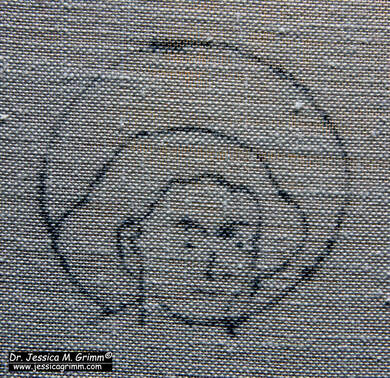
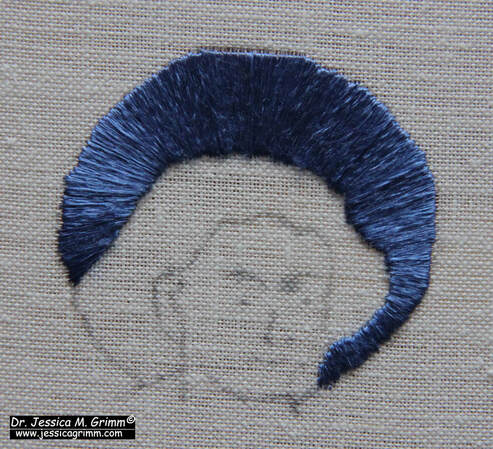
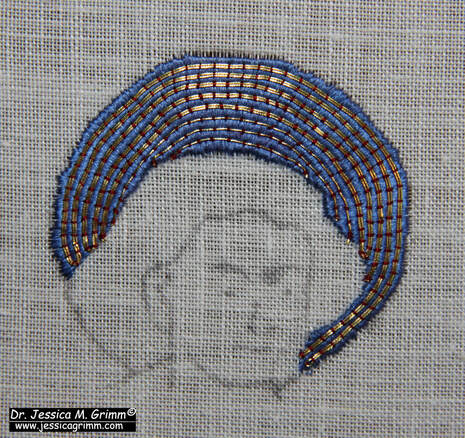
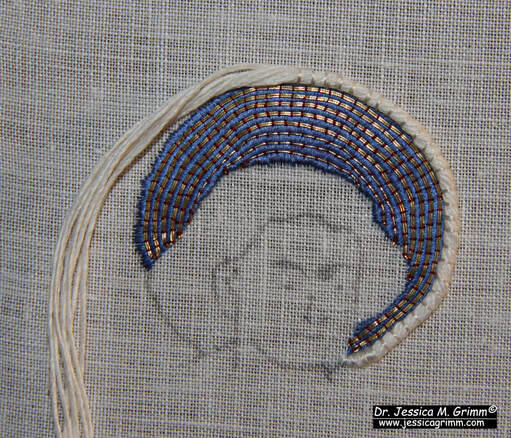
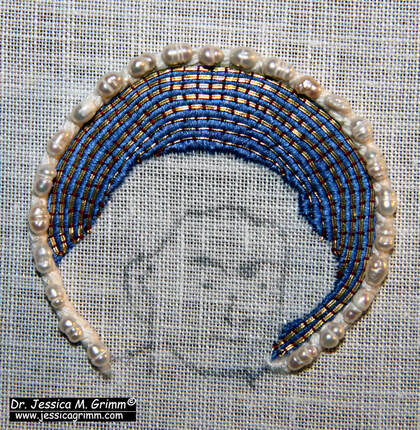
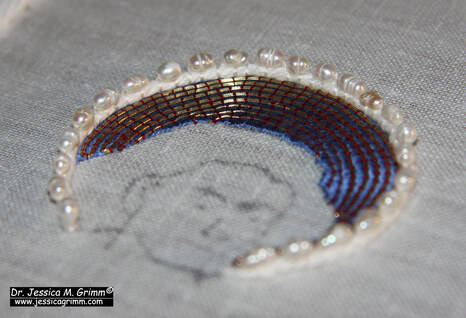

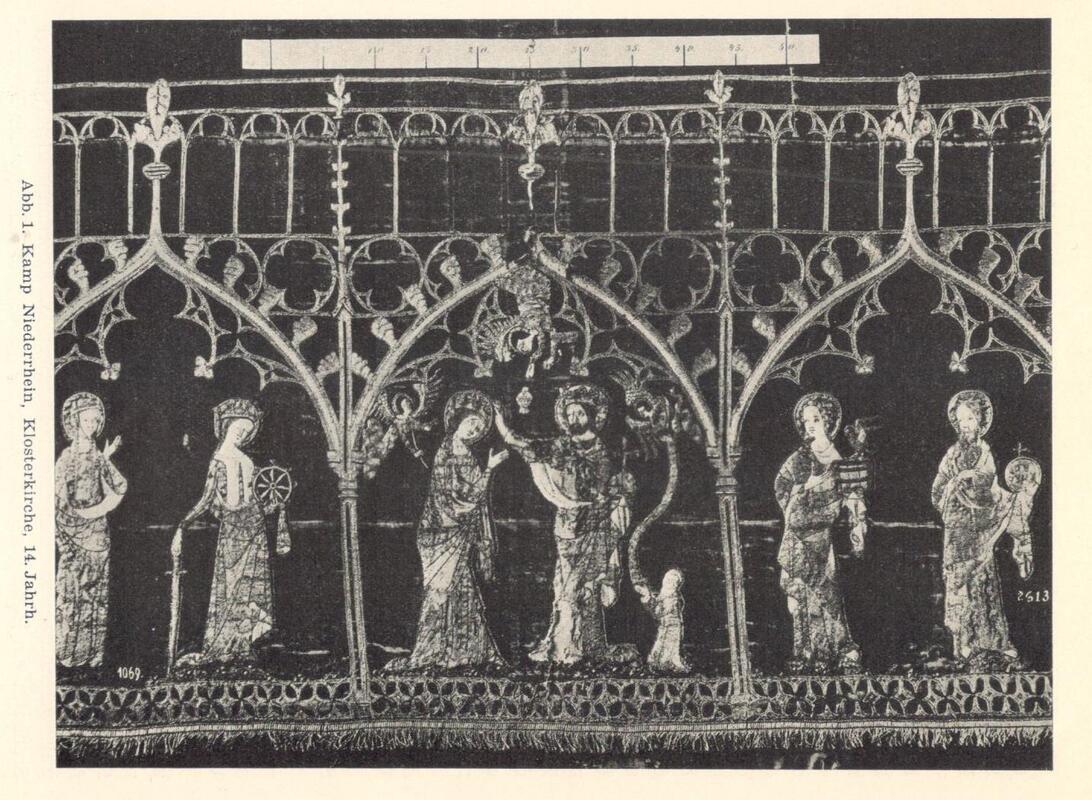
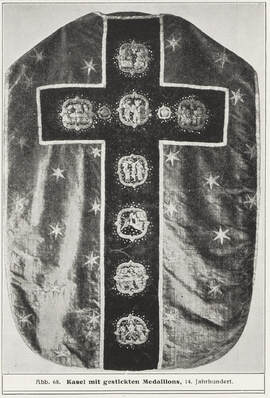
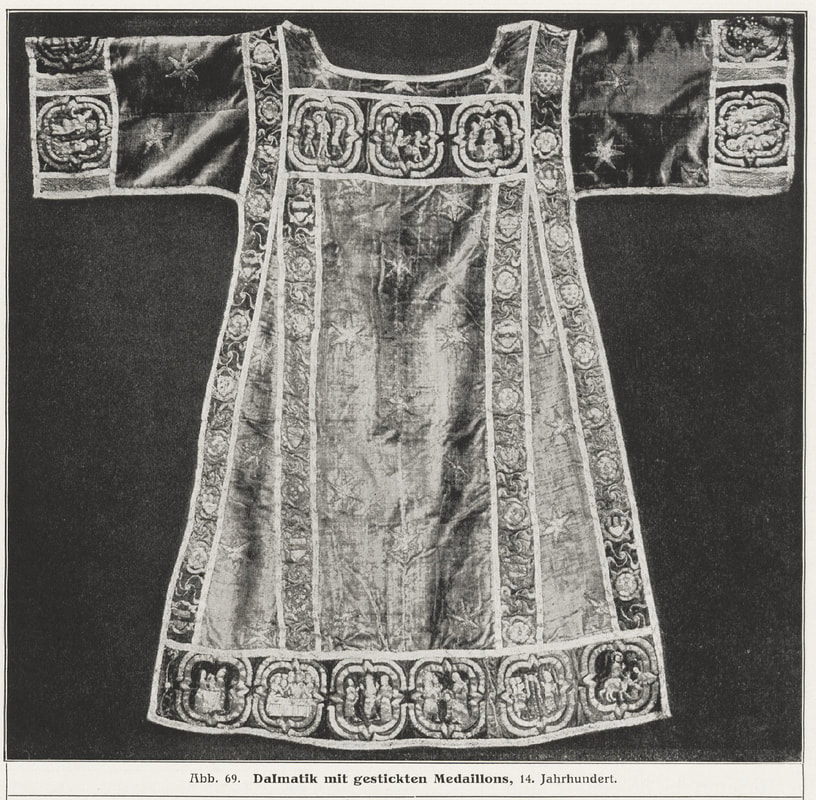
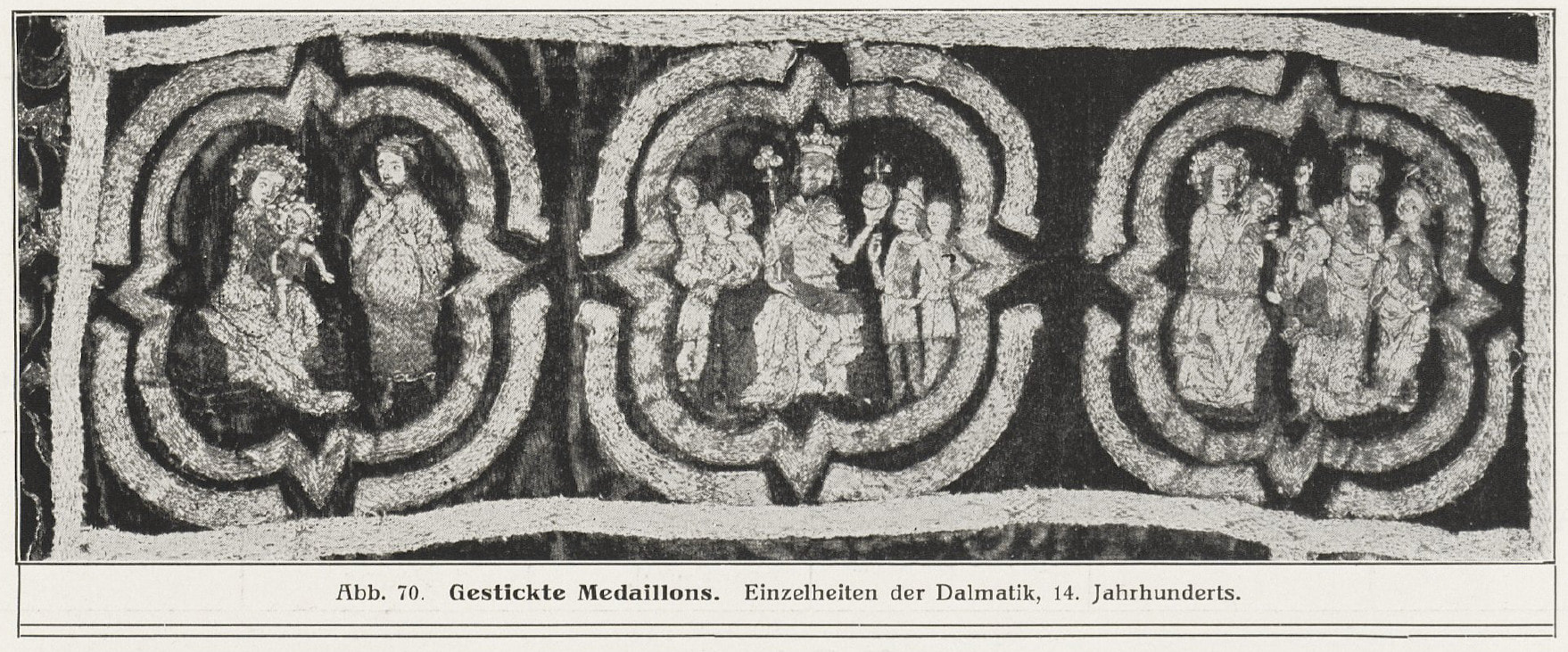
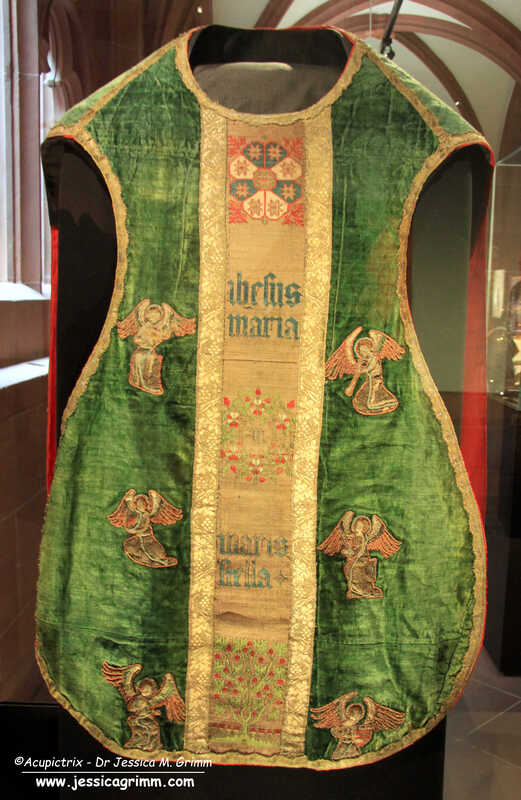
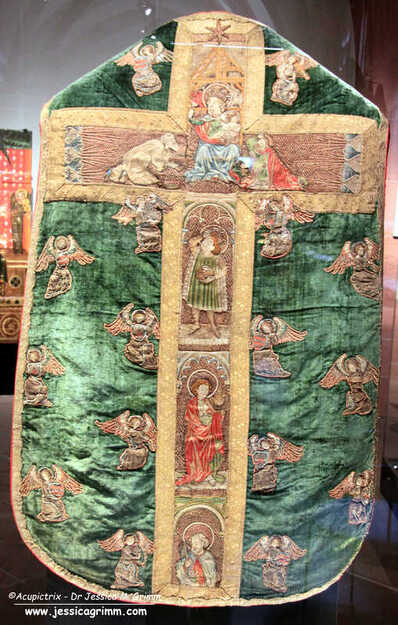
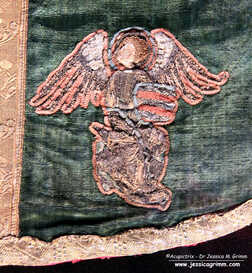
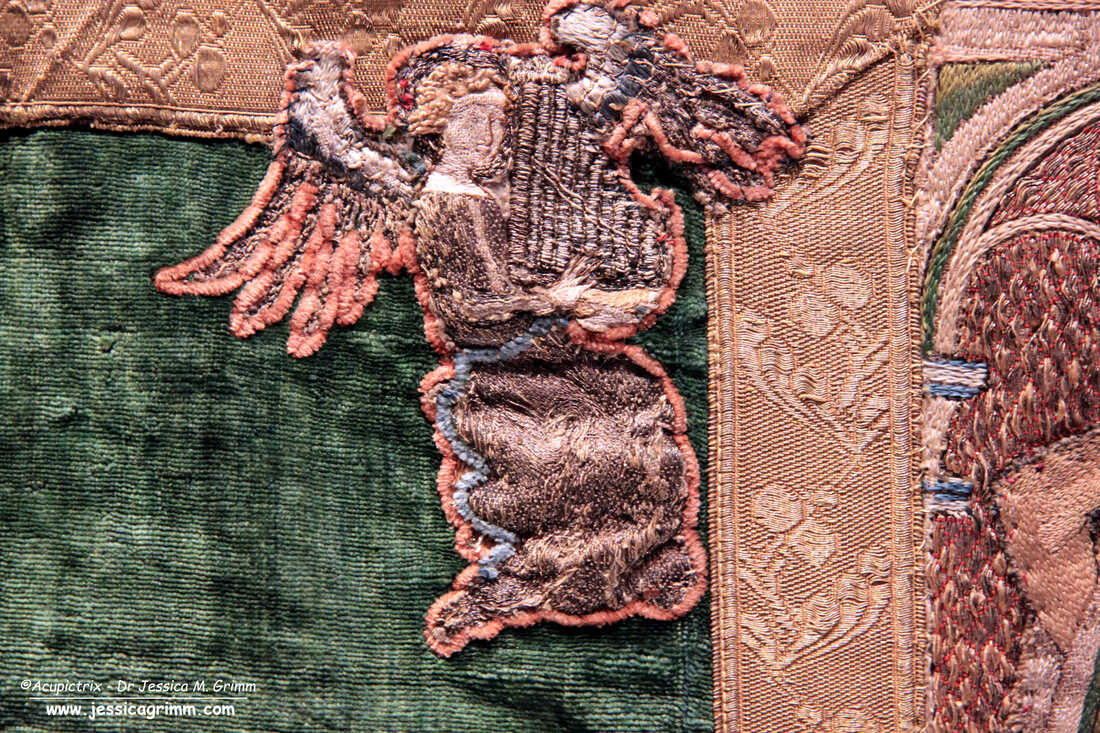
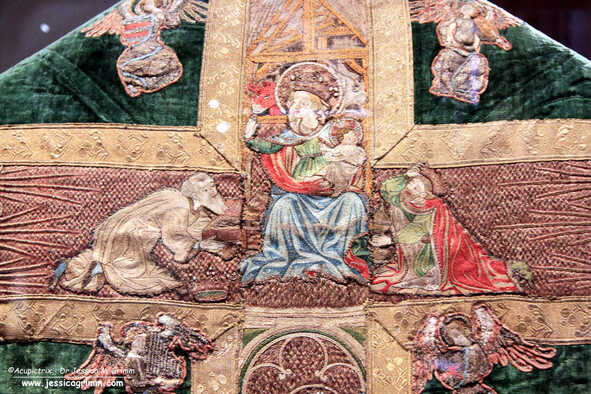
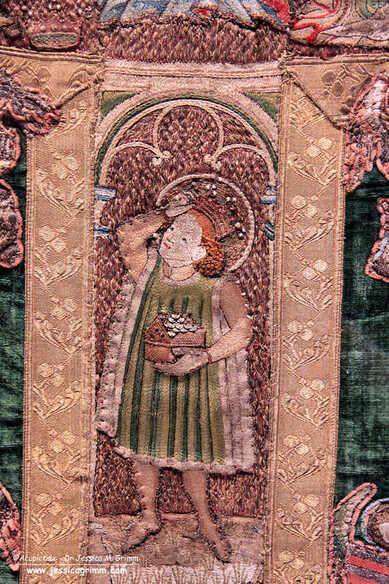
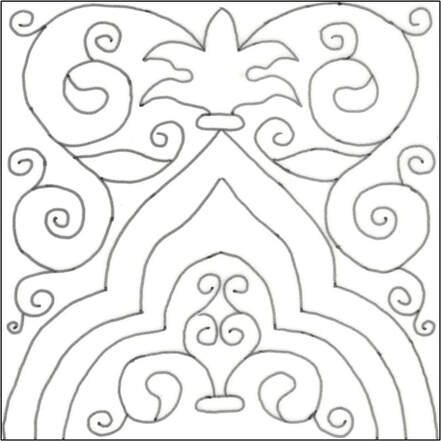
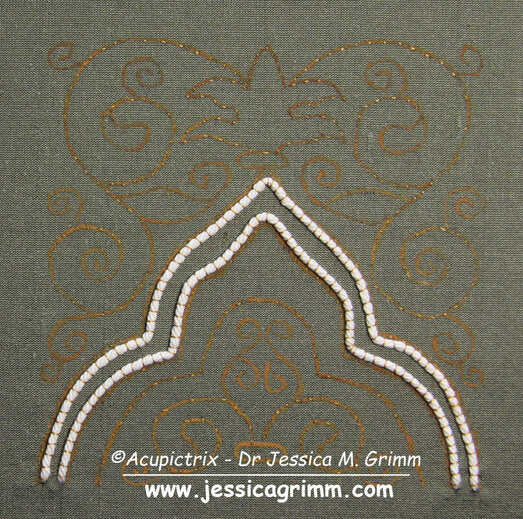
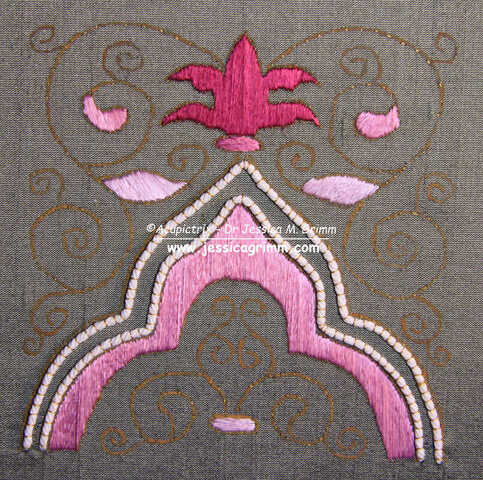
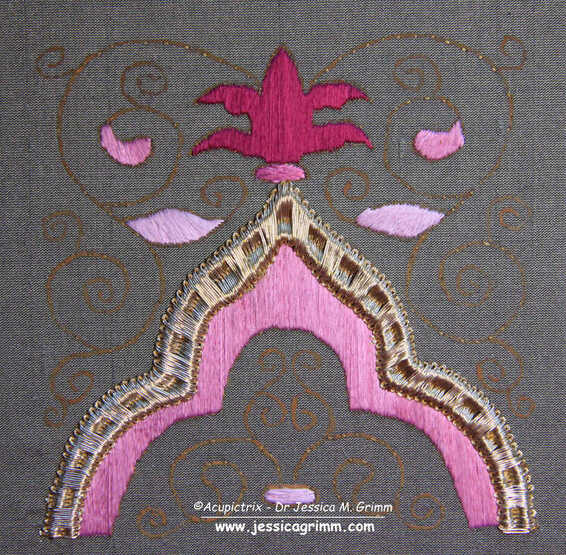
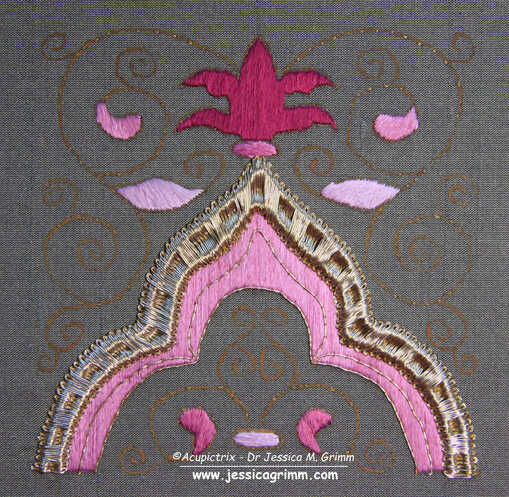

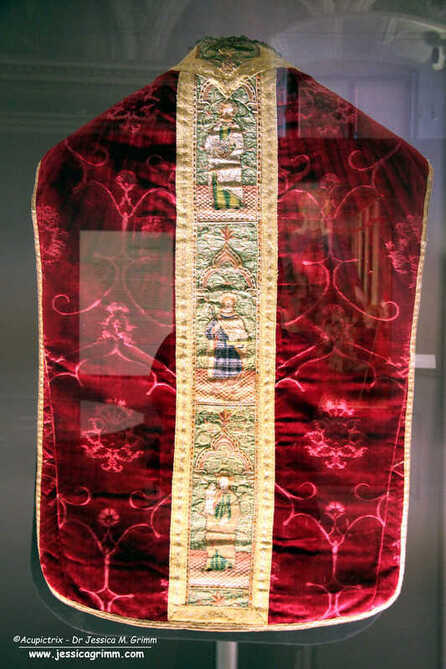
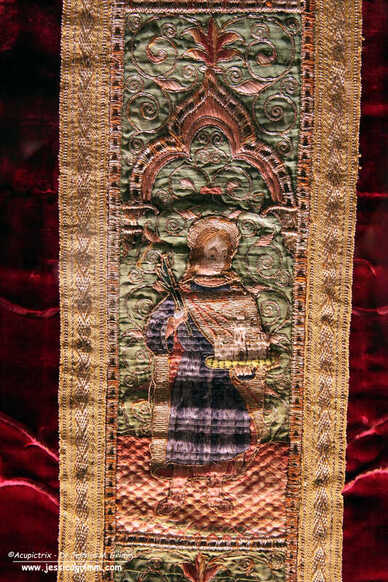
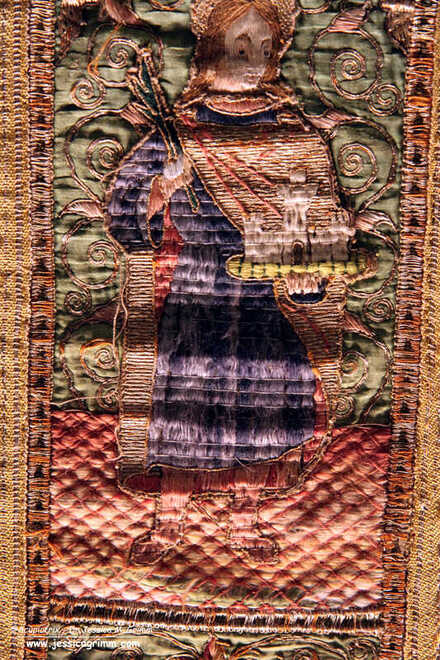
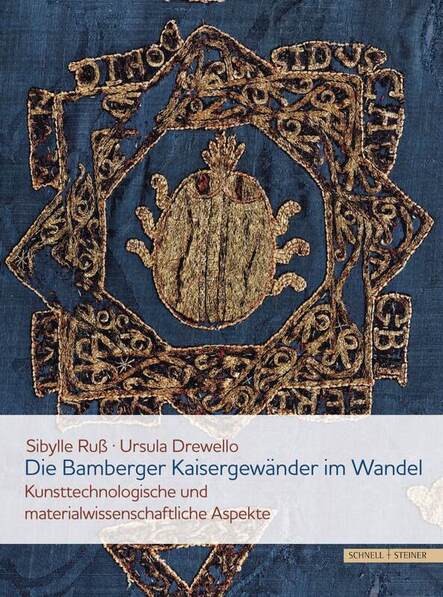
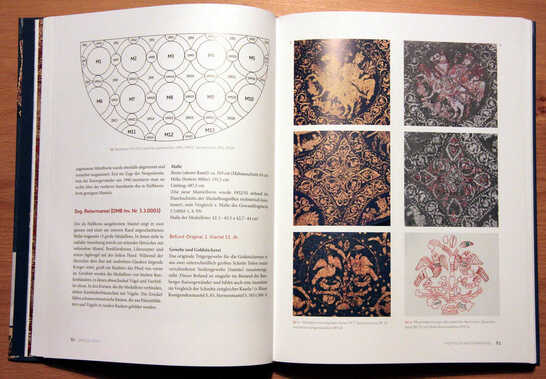

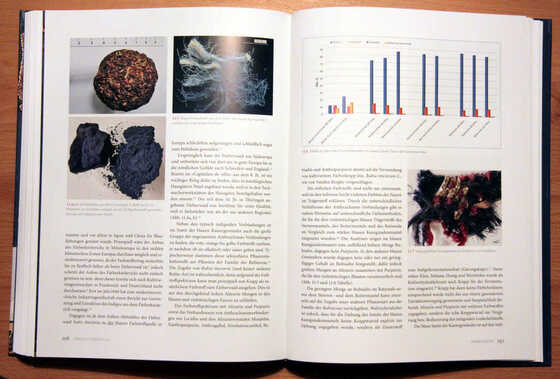
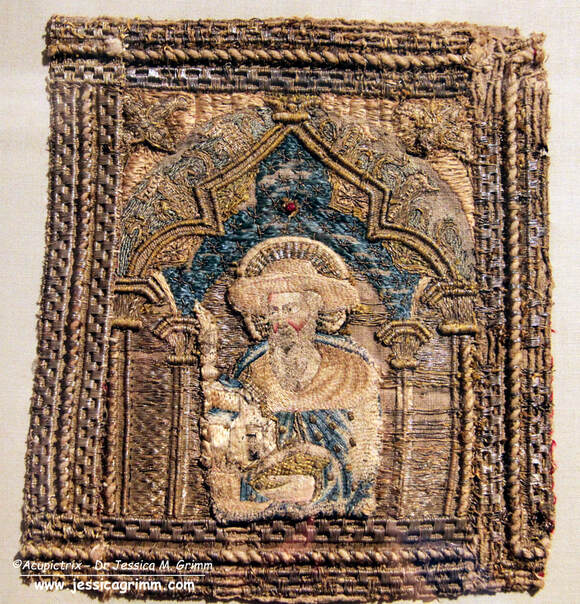
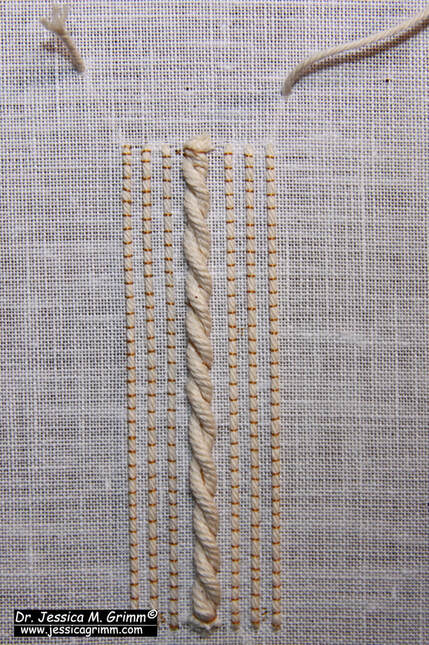
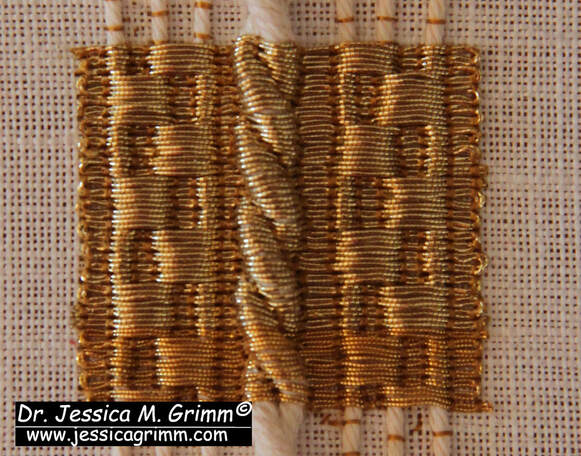

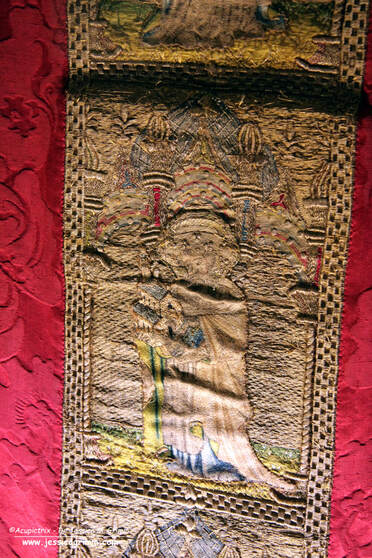
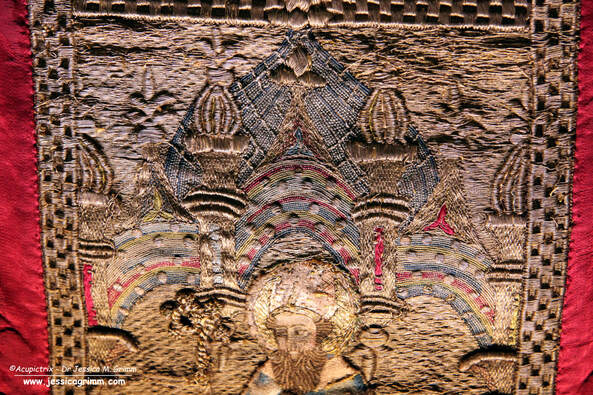
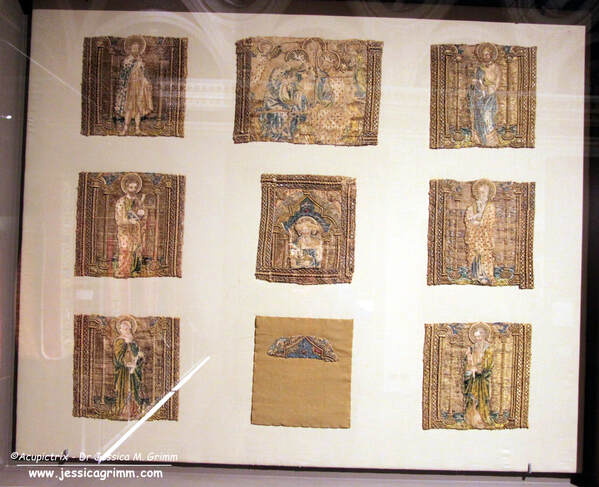
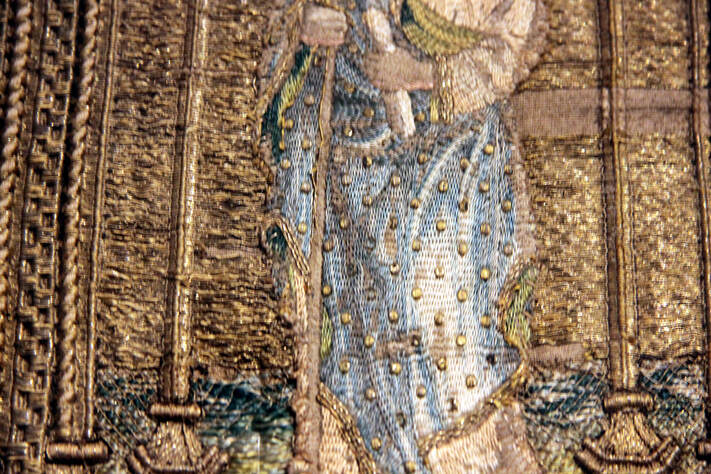
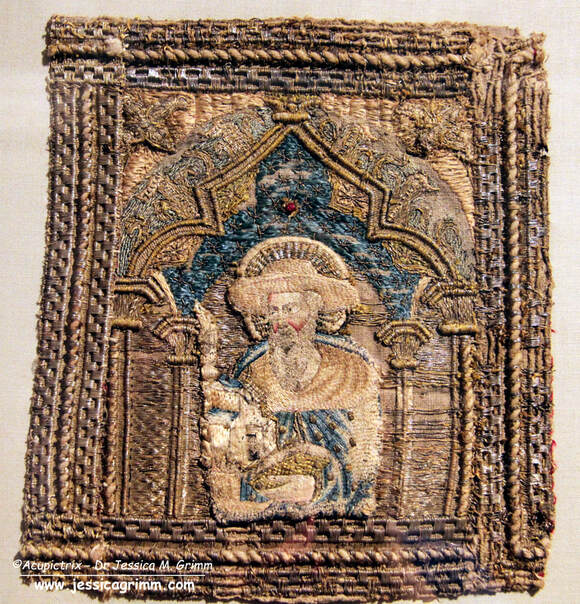
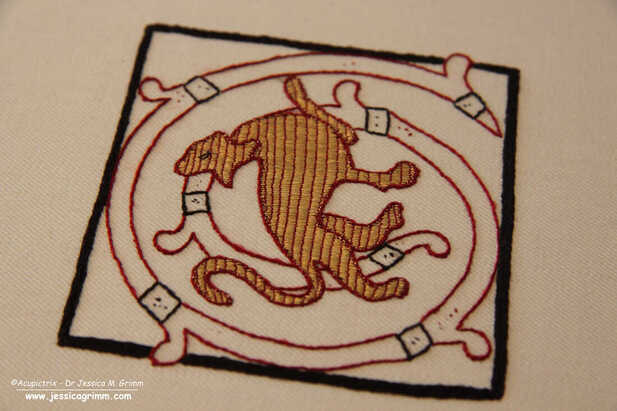
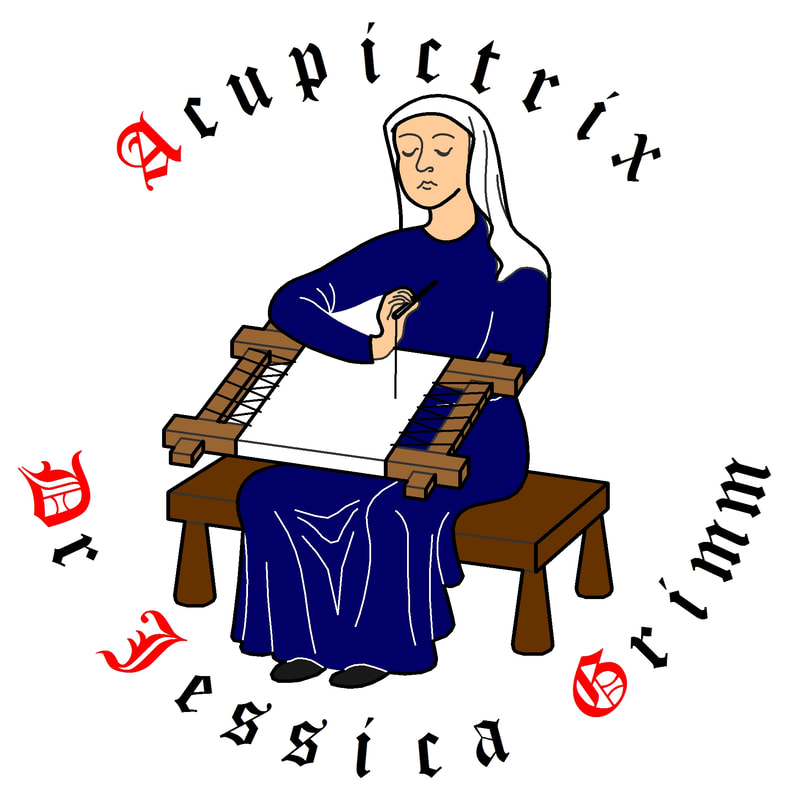


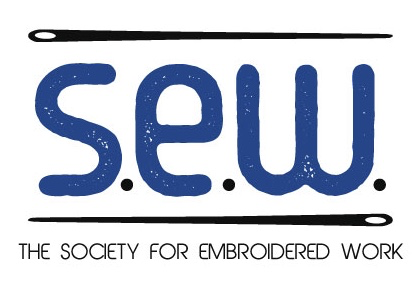
 RSS Feed
RSS Feed